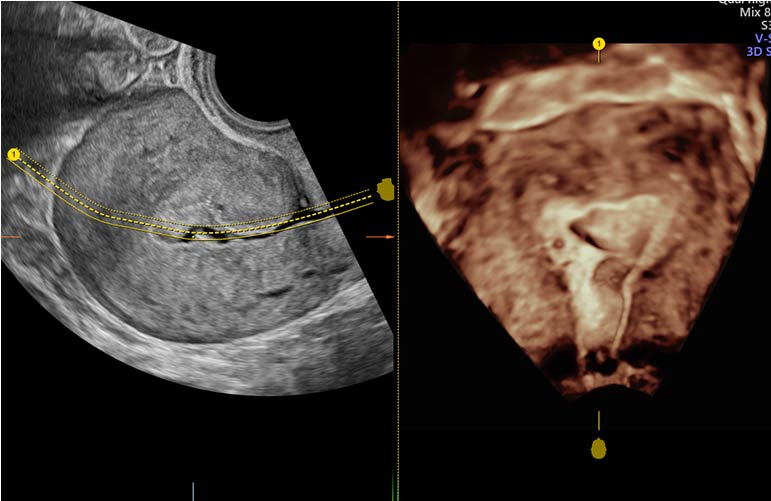
Infertility Sonography
Infertility sonography is the first step for any woman who is having difficulty conceiving. This sonography will confirm the presence of the uterus and both ovaries. The fallopian tubes are not reliably detected by ultrasound. A hysterosalpingogram is used for this evaluation.
The majority of ultrasounds for fertility testing and treatment are performed transvaginally (via the vagina) with a thin specialized wand. The ultrasounds are not painful, but they are slightly unpleasant.
Ultrasound scans can provide information on the ovaries, endometrial lining, and uterus during infertility testing. Specialized ultrasounds can be used to assess ovarian reserves, uterine shape, and whether the fallopian tubes are open or blocked in greater detail.
Ultrasound is used during fertility treatment to monitor follicle development in the ovaries and the thickness of the endometrial lining. During IVF, ultrasound is also used to guide the needle through the vaginal wall to the ovaries. During embryo transfer, some doctors use ultrasound.
